Christina Rossetti, a prominent figure in Victorian literature, is celebrated for her poignant poetry that often explores themes of love, loss, and the complexities of female identity. Born in 1830 into a family of artists and intellectuals, Rossetti was deeply influenced by her surroundings, particularly by the Pre-Raphaelite Brotherhood, which included her brother Dante Gabriel Rossetti. This artistic movement sought to return to the detail, intense colors, and complex compositions of pre-Renaissance art, and it significantly shaped Rossetti’s literary style.
Her work often reflects a keen awareness of the societal constraints placed upon women during her time, making her poetry not only a personal expression but also a commentary on the broader cultural landscape. “In an Artist’s Studio,” one of Rossetti’s most notable poems, encapsulates her exploration of the female experience through the lens of art and representation. Written in 1854, the poem presents a critical view of how women are often idealized and objectified in the artistic process.
The poem’s structure, consisting of a series of vivid images and metaphors, invites readers to consider the implications of the male gaze and the ways in which women’s identities are constructed and constrained by artistic representation. Through this work, Rossetti not only critiques the artistic practices of her time but also engages with the broader themes of gender and power dynamics that resonate throughout her oeuvre.
Key Takeaways
- Christina Rossetti was a 19th-century poet known for her exploration of themes such as love, death, and female identity.
- In “In an Artist’s Studio,” Rossetti uses vivid imagery to explore the objectification of women and the impact of the male gaze on their portrayal.
- The poem delves into themes of idealized beauty, unattainable perfection, and the artist’s control over the subject’s image.
- Rossetti’s portrayal of women in the poem reflects the limited agency and autonomy they had in the Victorian era.
- “In an Artist’s Studio” has had a lasting impact on feminist literary criticism, sparking discussions about the male gaze, objectification of women, and female agency in art and literature.
Analysis of the poem’s themes and imagery
The Construction of Identity
The poem begins with a striking image of a woman depicted in various forms, implying that the artist’s vision is not a reflection of reality, but rather a construction that serves his desires. The repeated phrase “the woman” emphasizes her anonymity and lack of agency, defining her solely by her role as an object of artistic inspiration.
Imagery plays a crucial role in conveying these themes, with Rossetti employing vivid descriptions that evoke both beauty and confinement.
The Duality of Visibility and Invisibility
The artist’s studio becomes a space where the woman is both celebrated and imprisoned; she is immortalized in paint yet stripped of her individuality. The use of light and shadow in the imagery further underscores this duality, suggesting that her true self remains hidden beneath layers of paint. This tension reflects the broader societal dynamics at play, where women’s identities are often obscured by male perceptions and desires.
The portrayal of women in the poem
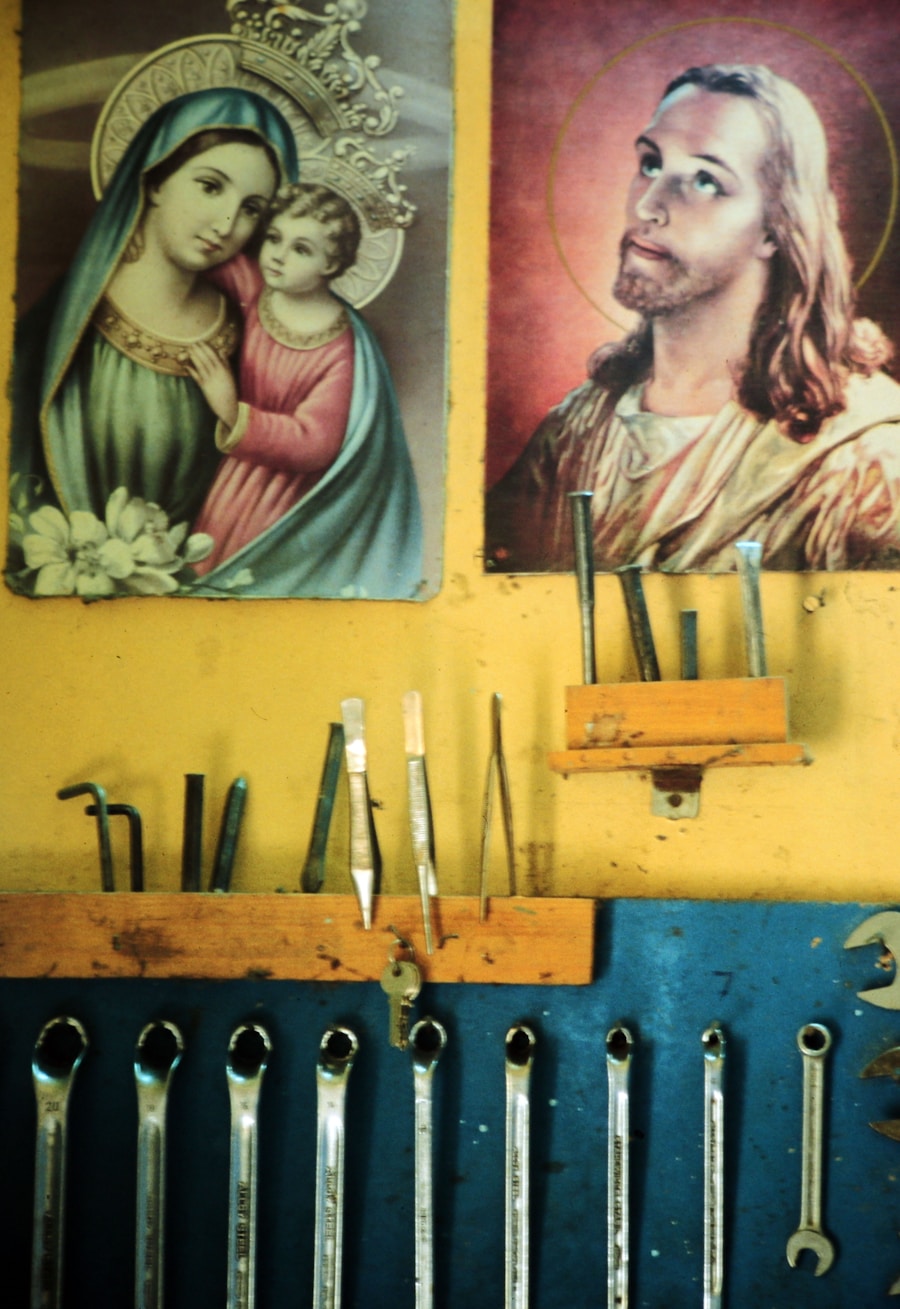
In “In an Artist’s Studio,” women are portrayed as both muses and victims of artistic interpretation. The poem presents a stark contrast between the idealized image created by the artist and the reality of women’s lives. The woman in the studio is depicted as an object to be admired rather than as a subject with her own thoughts and feelings.
This objectification is emblematic of the broader societal attitudes toward women during the Victorian era, where their roles were often confined to that of passive recipients of male attention. Rossetti’s portrayal of women challenges these traditional narratives by highlighting their lack of agency within the artistic process. The artist’s gaze transforms the woman into a mere reflection of his desires, stripping her of her individuality and reducing her to a series of aesthetic qualities.
This dynamic raises important questions about authorship and representation—who truly owns the narrative of a woman’s life? By presenting women as subjects who are shaped by external forces rather than as autonomous beings, Rossetti critiques the limitations imposed on women both in art and society at large.
The influence of the male gaze in the poem
The concept of the male gaze is central to understanding “In an Artist’s Studio.” This term, popularized by feminist film theorist Laura Mulvey, refers to the way visual arts are often created from a masculine perspective, positioning women as objects for male pleasure and consumption. In Rossetti’s poem, this dynamic is palpable; the artist’s gaze dictates how the woman is seen and understood. She exists primarily for his artistic vision, which ultimately distorts her identity.
The poem illustrates how this male gaze not only shapes artistic representation but also reinforces societal norms regarding femininity. The artist’s idealization of the woman reflects cultural expectations that dictate how women should appear and behave. By presenting her through his lens, he perpetuates a narrow definition of beauty that excludes the complexities and realities of women’s lives.
This critique resonates with contemporary discussions about representation in art and media, where women’s voices are often marginalized or silenced in favor of male narratives.
Comparisons to other works by Rossetti and her contemporaries
Christina Rossetti’s exploration of gender dynamics in “In an Artist’s Studio” can be compared to other works within her own body of literature as well as those by her contemporaries. For instance, Rossetti’s poem “Goblin Market” similarly addresses themes of female agency and desire while critiquing societal expectations placed upon women. In “Goblin Market,” two sisters navigate a world filled with temptation and danger, ultimately asserting their autonomy through their bond.
This emphasis on female relationships contrasts sharply with the solitary figure in “In an Artist’s Studio,” highlighting different aspects of women’s experiences. When considering Rossetti alongside her contemporaries such as Elizabeth Barrett Browning or George Eliot, one can observe varying approaches to female identity and representation. Browning’s “Aurora Leigh,” for example, presents a more overtly feminist narrative through its protagonist’s struggle for artistic recognition in a male-dominated society.
While both poets grapple with similar themes, Rossetti’s work often leans toward subtlety and ambiguity, inviting readers to engage with complex emotional landscapes rather than providing clear resolutions.
The lasting impact of In an Artist’s Studio on feminist literary criticism
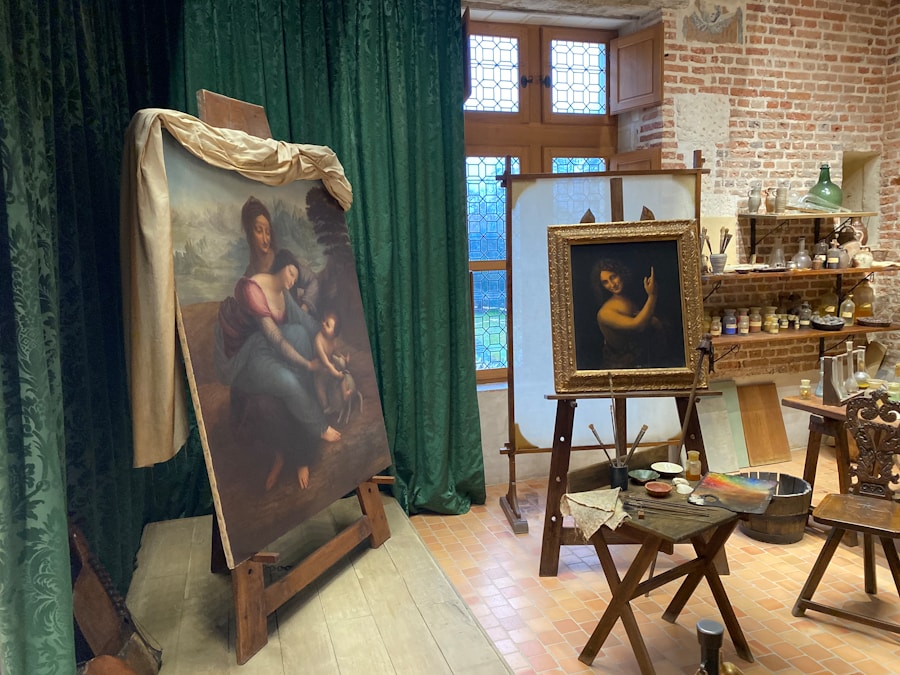
The Foundational Impact of “In an Artist’s Studio”
“In an Artist’s Studio” has had a profound impact on feminist literary criticism, serving as a foundational text for discussions surrounding representation, objectification, and gender dynamics in art and literature. Scholars have drawn upon Rossetti’s critique of the male gaze to explore how women’s identities have been historically constructed through patriarchal lenses.
Exploring Representation Beyond Literature
The poem’s exploration of artistic representation has inspired feminist theorists to examine not only literature but also visual arts, film, and other cultural productions where similar dynamics are at play.
Enduring Relevance in Contemporary Feminist Discourse
The poem’s enduring relevance is evident in contemporary feminist discourse, where issues surrounding representation continue to be critically examined. Rossetti’s work encourages readers to question who gets to tell women’s stories and how those narratives are shaped by societal expectations. As feminist literary criticism evolves, “In an Artist’s Studio” remains a touchstone for understanding the complexities of female identity within artistic contexts, prompting ongoing dialogue about agency, authorship, and the power dynamics inherent in representation.
In Christina Rossetti’s poem “In an Artist’s Studio,” the female subject is portrayed through the male artist’s gaze, highlighting the power dynamics and objectification often present in art. This theme of the female gaze and societal expectations of women is further explored in the article The Relationship Between Society and Education: A Key Driver of Development. This article delves into how societal norms and expectations shape individuals’ perceptions and opportunities, shedding light on the complexities of gender roles and power dynamics in various contexts.








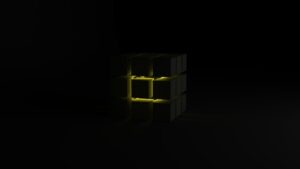

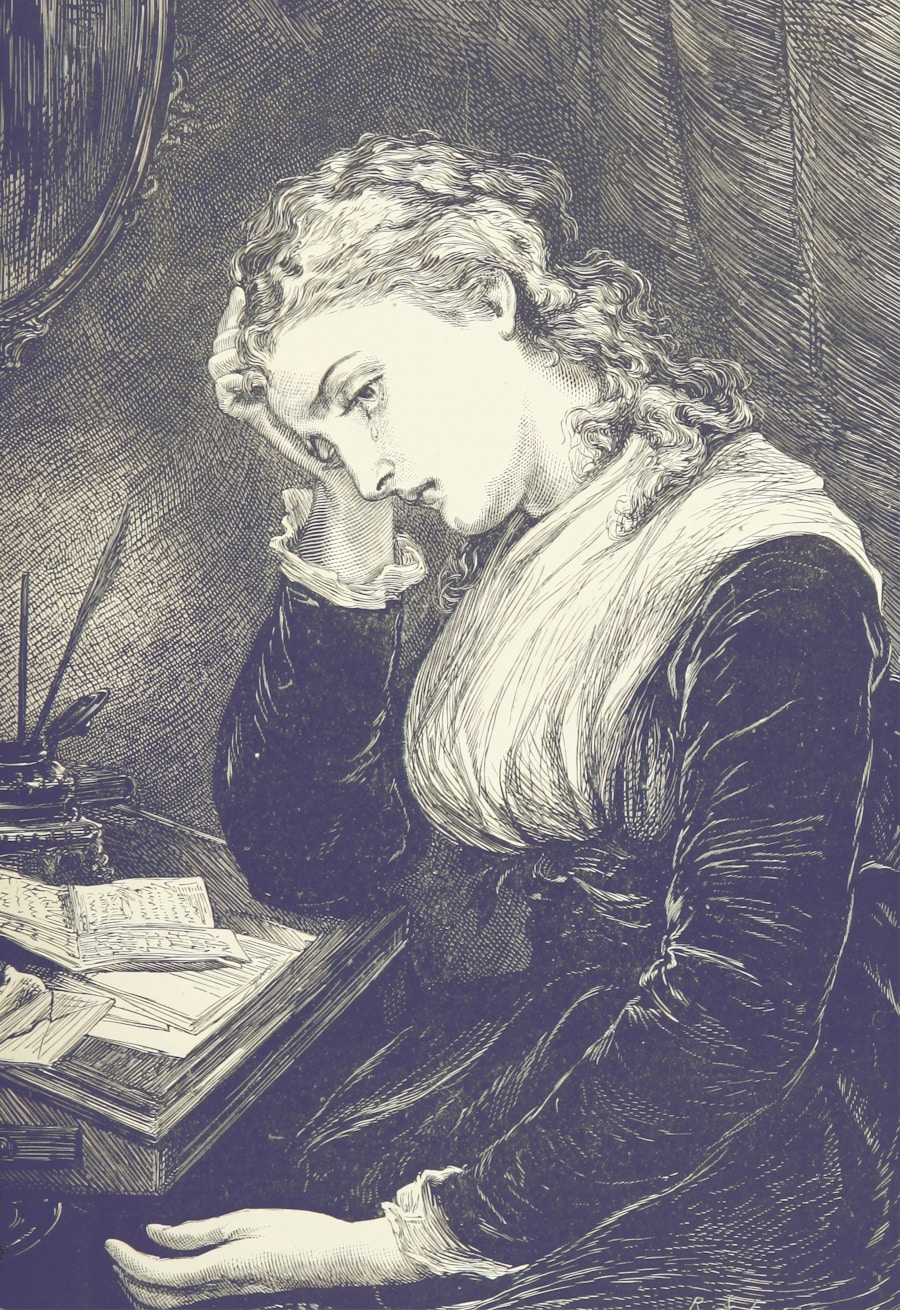






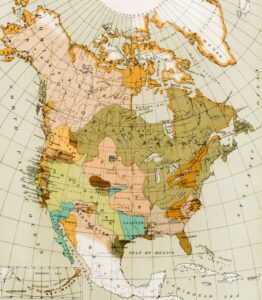


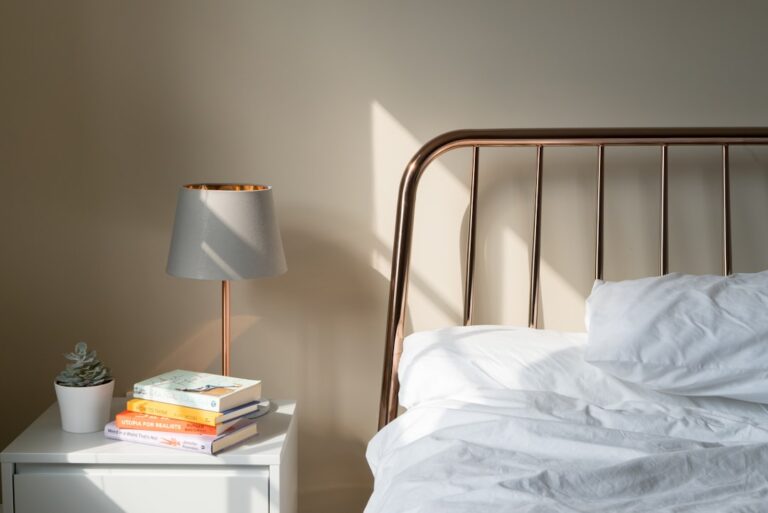

+ There are no comments
Add yours